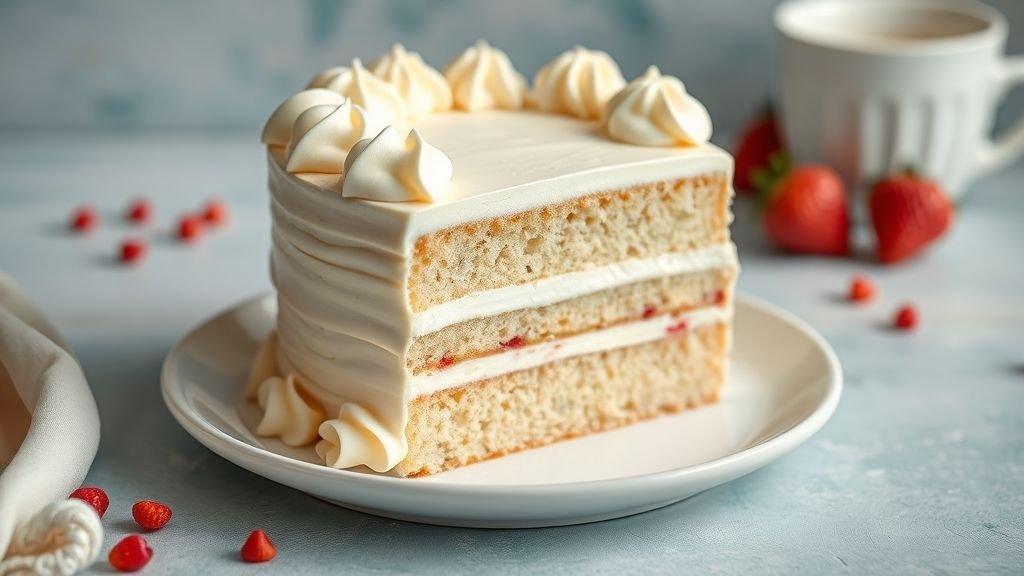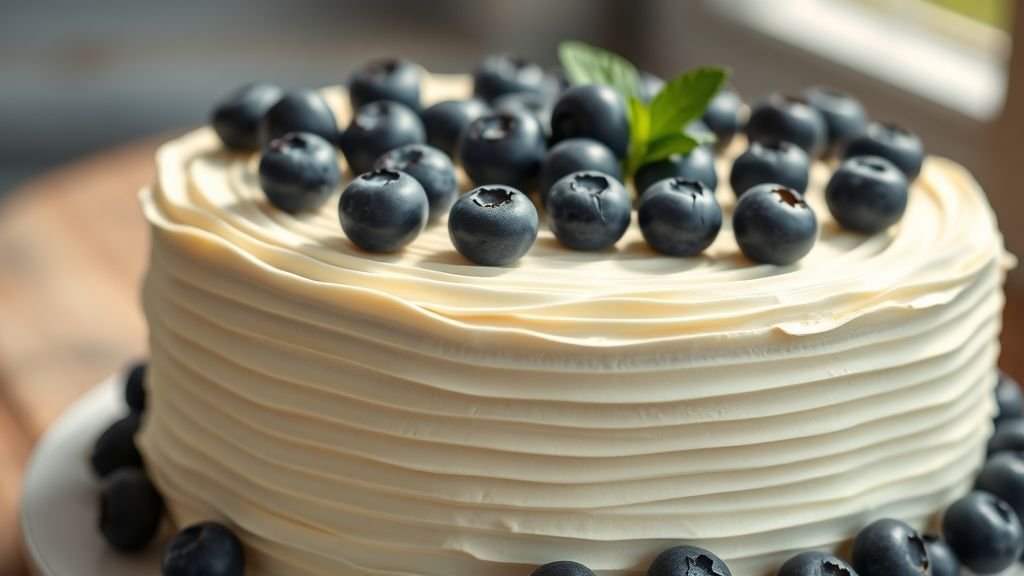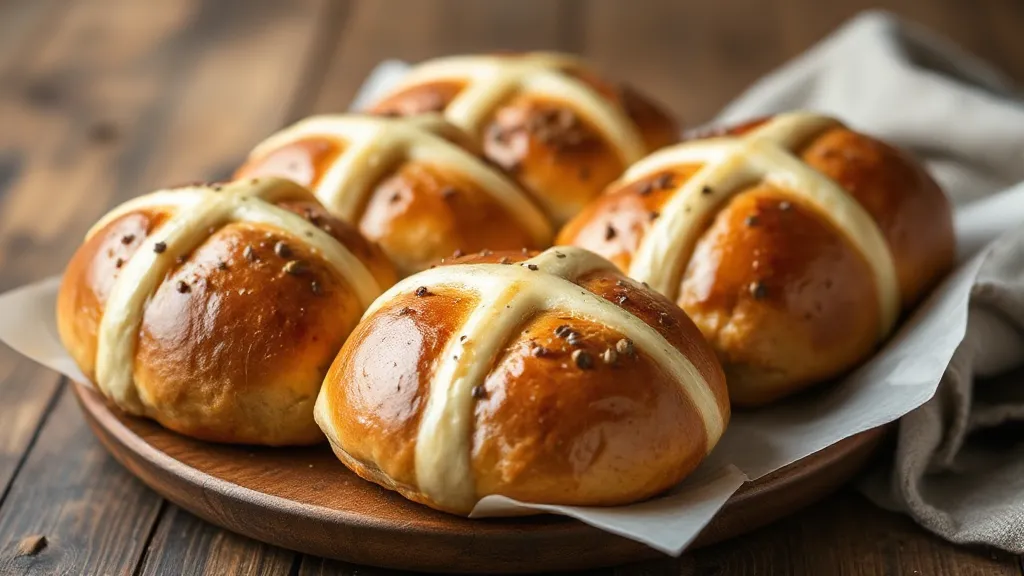
Let’s face it—nothing quite says celebration like a beautifully baked cake. But for the millions of people navigating gluten sensitivities, celiac disease, or simply choosing a gluten-free lifestyle, enjoying a slice isn’t always straightforward. The good news? With the right gluten free cake recipe, there’s no need to compromise on flavor, texture, or indulgence.
Whether you’re brand new to gluten-free baking or a seasoned pro looking to elevate your skills, this guide will walk you through the essentials of creating a cake that’s not just “good for gluten-free”—but downright delicious, period.
In this article, we’ll explore everything from selecting the best flour blends to foolproof baking techniques, plus an easy-to-follow recipe guaranteed to impress. So, if you’ve ever asked,
“How to bake a free cake that everyone will love?”—You’re in the right place.
Why Go Gluten-Free? Understanding the Shift
Before we dive into mixing bowls and oven timers, let’s address the rise in gluten-free living. According to a 2023 report by Statista, approximately 30% of U.S. adults are actively reducing or avoiding gluten, whether for medical reasons or as part of a cleaner lifestyle.
Here’s why people are turning to gluten-free cake options:
-
Celiac Disease: This is an autoimmune disorder where gluten damages the small intestine.
-
Gluten Sensitivity: Triggers symptoms like bloating, fatigue, and headaches without the intestinal damage of celiac disease.
-
Lifestyle Choice: Many believe reducing gluten improves digestion and boosts energy levels.
Regardless of the reason, the demand for gluten-free baked goods is growing, and so is the quality. No more dry, crumbly textures. Today’s gluten-free cake recipes can rival their wheat-based counterparts in every way.
Choosing the Right Gluten-Free Flour Blend
The foundation of any great gluten-free cake recipe is the flour blend. Not all gluten-free flours behave the same, which makes choosing the right one crucial.
Top Gluten-Free Flour Options:
-
Almond Flour: Moist, nutty, and protein-rich—great for dense, rich cakes.
-
Rice Flour: A popular base flour with a neutral taste.
-
Tapioca and Potato Starch: Add lightness and elasticity.
-
Coconut Flour: High in fiber, but extremely absorbent—best used in small quantities.
For beginners, using a pre-mixed gluten-free all-purpose flour is a smart move. Brands like Bob’s Red Mill and King Arthur Baking offer blends that mimic the texture of wheat flour and are tested for consistency.
Pro Tip: Look for a flour blend that includes xanthan gum or guar gum. These binders help mimic the stretchiness of gluten and keep your cake from crumbling.
How to Bake Gluten-Free Cake Like a Pro
Mastering how to bake gluten-free cake starts with understanding how gluten-free batters behave differently. Here are a few critical differences—and how to tackle them.
1. Moisture Is Your Friend
Gluten-free flours tend to absorb more liquid than wheat-based ones. To avoid dryness:
-
Add an extra egg or yolk for richness.
-
Consider using buttermilk or yogurt for moisture.
-
Incorporate fruit purées like applesauce or mashed banana.
2. Let the Batter Rest
Unlike traditional batters, gluten-free cake batter benefits from a short rest before baking (10–20 minutes). This allows the flours to hydrate and improves texture.
3. Mix Carefully
Overmixing a gluten-filled batter develops chewy gluten strands—but in gluten-free baking, that’s not a concern. Still, don’t go overboard. Mix just until smooth to avoid density.
4. Watch the Bake Time
Gluten-free cakes can brown faster. Keep a close eye and tent with foil halfway through if needed.
A toothpick should come out clean when it’s done.
Foolproof Gluten-Free Cake Recipe
Now for the part you’ve been waiting for: a tested, crowd-pleasing gluten-free cake recipe you can whip up today.
Ingredients:
-
2 ½ cups gluten-free all-purpose flour (with xanthan gum)
-
1 tbsp baking powder
-
½ tsp salt
-
1 cup unsalted butter, room temperature
-
1 ¾ cups granulated sugar
-
4 large eggs, room temperature
-
1 tbsp vanilla extract
-
1 cup buttermilk (or dairy-free alternative)
Instructions:
-
Preheat oven to 350°F (175°C). Grease and flour two 9-inch round cake pans.
-
Whisk dry ingredients in a bowl: flour, baking powder, and salt.
-
Cream butter and sugar in a stand mixer for 2–3 minutes until fluffy.
-
Add eggs, one at a time, beating well after each addition. Stir in vanilla.
-
Alternately add dry ingredients and buttermilk, beginning and ending with the dry mixture. Mix until smooth.
-
Let the batter rest for 15 minutes to hydrate.
-
Pour into pans and bake for 28–32 minutes, or until a toothpick comes out clean.
-
Cool completely before frosting.
Optional Frosting:
Try a whipped cream cheese frosting or dairy-free coconut frosting for added flair.
Original Tip: Use a Digital Scale
Here’s something even many seasoned bakers overlook: weigh your ingredients.
Especially in gluten-free baking, precise ratios matter. Measuring flour by weight (not cups) ensures accuracy.
According to a study by the Journal of Culinary Science & Technology, weighing ingredients can reduce baking errors by up to 45%. That’s a game-changer.
Decorating and Storing Gluten-Free Cakes

Once you’ve nailed the bake, it’s time to think about presentation and longevity.
Decorating Tips:
-
Chill before frosting: A cool cake is easier to work with.
-
Use piping bags for clean edges.
-
Incorporate textures with shredded coconut, nuts, or fruit toppings.
Storage:
-
Room temp: 2–3 days, in an airtight container.
-
Fridge: Up to a week (wrap tightly).
-
Freezer: Freeze layers individually for up to 3 months.
Conclusion: Time to Bake the Best Gluten-Free Cake Ever
A gluten-free cake shouldn’t just be a substitute—it should be a standout. With the right ingredients, techniques, and a bit of patience, you can create desserts that everyone at the table will rave about, regardless of dietary needs.
So now that you know how to bake gluten-free cake, why not try this recipe and see the results for yourself? Whether it’s a birthday, brunch, or just because, it’s time to bake something amazing.
Try these tips today and elevate your gluten-free baking game.
FAQs
Can I make this cake dairy-free too?
Yes! Substitute butter with a plant-based alternative and use almond milk with a splash of vinegar as a buttermilk replacement.
Why is my gluten-free cake crumbly?
It could be lacking a binding agent. Ensure your flour mix includes xanthan gum or add ½ teaspoon per cup of flour.
How to bake a gluten-free cake for special occasions?
Use tiered pans, frost with stabilizing buttercream, and allow cakes to cool fully before stacking. Gluten-free cakes hold up beautifully when properly chilled.


